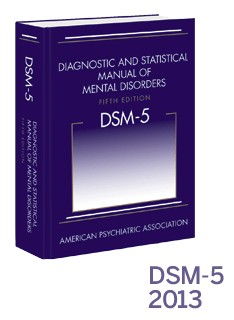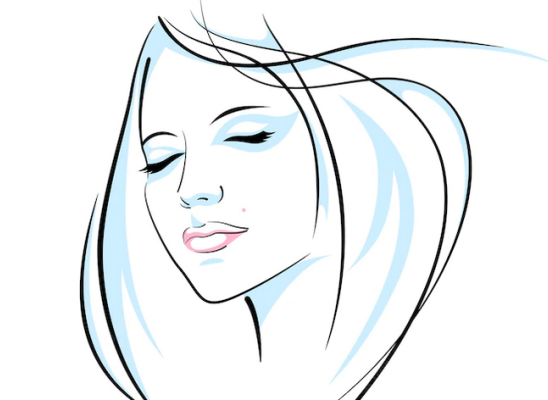Is Compulsive Hair Pulling an Addiction?
Online test
Find out the severity of your symptoms with this free online test
Trichotillomania is classified in the Diagnostic and Statistical Manual 5th Edition (DSM5) as a Body-Focussed Repetitive Behaviour (BFRB), within the Obsessive Compulsive Disorder (OCD) Spectrum. This suggests that while the behaviours of compulsive hair pulling are related to OCD, it is not an OCD in itself, but is better defined with similar conditions in its own category. BFRBs are characterized by repetitive, direct body-to-body contact, which unintentionally causes physical harm to the body. While the urge to engage in these behaviours are defined as compulsions, some have described the inability to stop picking and the irresistable nature of the urge to be similar to addiction. An estimated 25% of people suffering from a BFRB are also addicts. And, since underreporting is an unfortunate but very true phenomena in both trichotillomania and addiction, it’s likely these numbers are even higher. However, this doesn’t necessarily mean that trich, nor any of the other BFRBs is an addiction, it only points to a high comorbidity, which can be influenced by many other factors. To understand the connection, one needs to first understand what what an addiction and a compusion is.
What is addiction?
Most will agree that an addiction constitutes a dependence on something that causes the addict to act beyond reason or without cares for their own self-preservation in order to satisfy the addiction. Compulsion, on the other hand, implies something that is done out of an overwhelming urge that the person feels they cannot control, and although functioning is negatively impacted, there is no dependency on the behaviour. Often, compulsions are a part of addiction, though not always: OCD, for example, involves many compulsive behaviors which would not be considered addictions. Likewise, an addiction might become a compulsion when the activity or substance no longer provides pleasure – only an escape from the desire to continue engaging in the activity or substance.
The Difference Between Addiction and Compulsion
Another key disticntion for whether something is addictive or compulsive is insight and awareness. Although trichotillomania is largely undiagnosed, this is more because there is lack of awareness by the general public that it is a known clinical condition and because the embarrassing nature of the behaviour often results in people suffering in silence. However, people who engage in compulsive hair pulling are highly aware that their behavior is harmful to themselves even while engaging in the behaviour. In fact one of the DSM5 criteria for a diagnosis of trich is that the individual will have attempted on more than one occasion to stop pulling and failed. One could argue that addicts also make attempts to stop engaging in their addictive behaviours. However, this level of insight usually only comes after extensive damage to both self and social circumstances, with input from those around the person with the addiction. In general, people with addictions tend lack awareness that there is a problem or of the harm their behaviours or actions are inflicting on themselves or those around them with their actions, particularly while they are experiencing the urge to succumb to their addictions or while engaging in the behaviour.
Is Trichotillomania an Addiction or a Compulsion?
With compulsive hair pulling, the line between addiction and compulsion is even fuzzier, with varying opinions from hair pullers themsleves and experts in the field as to the difference. On the one hand the element of pleasure that is often found in hair pulling is completely lacking in OCD, and the obsessive thoughts that are the hallmark of OCD are rarely found in trichotillomania. Instead, trichotillomania hits some of the major signs of substance abuse disorder and other addictive personality patterns: engaging in something harmful despite being aware of its negativity, feelings of inability to control oneself, the overwhelming urge to pick at skin, and pleasurable or relieved feelings that accompany and follow the act.
The personal experiences of hair pullers often closely mirror the personal experiences of habitual substance abusers, as well. People with trich often report feelings of intense shame, embarrassment, and self-hatred or anger associated with pulling. Many people with hair pulling disorder will say that they are only going to pull a few strands of hair or pluck a few strands of eyebrow, then find themselves hours or more later still pulling. They report feeling intense pleasure in the moment followed by feelings of grief and shame. These feelings are not only similar to the feelings of substance abusers, they’re nearly identical. Imagine the alcoholic who swears to only have one drink, only to end up blacking out and waking up with a hangover and feeling guilty and embarrassed.
Pleasure not Pain
If pleasure is one of the defining characteristics that make hair pulling a possible addiction, where does that pleasure come from? According to Dr. Joseph Shrand, of Harvard Medical School, CASTLE, and High Point Treatment Centers, any sort of physical pain, releases a certain amount of endorphins into the bloodstream. Endorphins are similar to morphine and offers the same sort of pleasurable experience; any sort of self-injury is likely a habit formed based on the desire for endorphins. But can you really be addicted to endorphins, one of our body’s natural hormones? Likely so; consider the addictive properties of gambling, which also requires no outside chemical or hormone, or the addictive properties of “thrill seeking”, in which people can become addicted to the release of adrenaline. Endorphins give us relief from the emotional pain we may be feeling – if only temporarily – while also numbing the physical pain in the immediate moment.
Does it matter how we classify it?
Being able to treat body focused repetitve behaviors (BFRBs) such trichotillomania as an addiction rather than as a part of OCD, can open up new treatment options and paths to recovery. The more knowledge and awareness we have of this often-overlooked condition, the more specific research we can do, and the more experimental medications and treatments we can employ.
Online test
Find out the severity of your symptoms with this free online test
Start your journey with TrichStop
Take control of your life and find freedom from hair pulling through professional therapy and evidence-based behavioral techniques.
Start Now



